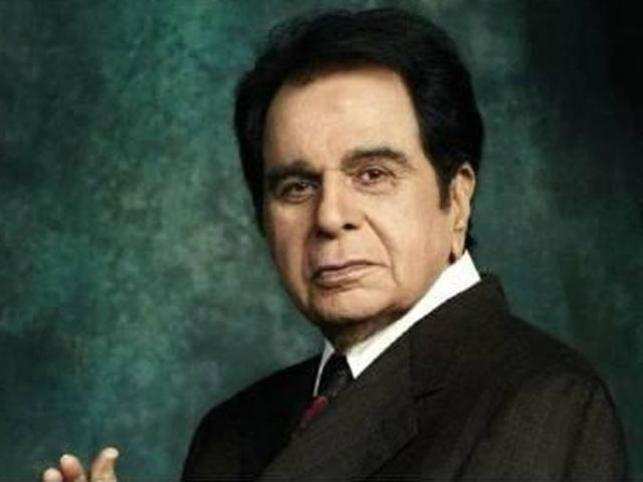
Video in Hindi
Dilip Kumar is known as one of the best actors produced by Indian cinema with a number of legendary performances to his credit. Born on the 11th of December, 1922 as Muhammad Yusuf Khan in Qissa Khwani Bazaar, Peshawar, as one of twelve siblings, he grew from a humble existence to reach the very zenith of Indian cinema and became a legend in his lifetime. After the partition of India, his father relocated to Mumbai where he was spotted by Devika Rani, a leading Indian actress of her times, who encouraged him to pursue acting as a career and rechristened him Dilip Kumar.
Career
Dilip Kumar made his debut appearance in Jwar Bhata, released in 1944, which failed miserably on the box office. It was not until 1947 that Dilip Kumar was recognized as an actor with his eclectic performance in Jugnu, which proved to be his first success on the box office. His memorable performance as a co-star with Raj Kapoor in Andaz, released in 1949, heralded his arrival to stardom and there was no looking back after that. He went ahead to achieve unprecedented success as a Bollywood actor with a string of hits and outstanding performances to his credit in the decade of 1950s. Some of these films include Deedar(1951), Aan(1952), Amar(1954), Insaniyat(1955), Devdas(1955), Azad(1955) and Madhumati(1958) which are remembered till date for the sheer authenticity of the performances. It was all credits to the depth of his depiction of quite a few tragedy roles in this era, which earned him the title of “tragedy king” which he was destined to live up to in the rest of his career.The decade of 1960s ushered Dilip Kumar in a new era of cinematic success beginning with his once-in-a-lifetime depiction of Mughal Crown-Prince Jehangir in the unforgettable legend of a film Mughal-e-Azam(1960) which broke all previous records of box office success and remains the second highest grossing Bollywood production till date. The following year, Dilip Kumar went ahead with his first home production Ganga Jamuna (1961) in which he starred alongside his real life brother Nasir Khan. The film proved to be an all-round success, bringing more accolades from every quarter, although he never again donned the cap of a producer. This period was followed by a lean patch with a string of flops including Leader (1964) and Dil Diya Dard Liya (1966) to his credit.
In 1967, Dilip Kumar bounced back to superstardom with his memorable film Ram aur Shyam in which he depicted the role of identical twin brothers who were separated at birth by a quirk of fate, only to be reunited by a strange twist of circumstances. The film proved to be so successful that it spawned an era of films based on a similar theme.
The decade of 1970s proved to be a largely forgettable period in his career with but few successes to his credit even as his superstar status seemed to have lost much of its luster with the euphoric rise of Amitabh Bachchan and Rajesh Khanna during the same period. After gaining some success with Bairagi (1976) he went in a sort of cinematic hibernation and shied away from doing anymore films. It was only after a period of five years that he broke out of the shell and went ahead to regain some of the lost glory with the historic success of Kranti (1981). This only proved to be the beginning of yet another era of success and he left a lasting impression on the audiences with his power-packed performances in films like Shakti (1982), Vidhaata (1982) and Karma (1986).
In 1991, Dilip Kumar made his last successful appearance in Saudagar (1991) alongside another legendary actor Rajkumar which was a big hit on the box office. In 1996, the plans of making his directorial debut with Kalinga were shelved. He made his last film appearance in Qila (1998) which turned out to be a damp squib.
He has also served as a member of the parliament in the Rajya Sabha.
0 Comments